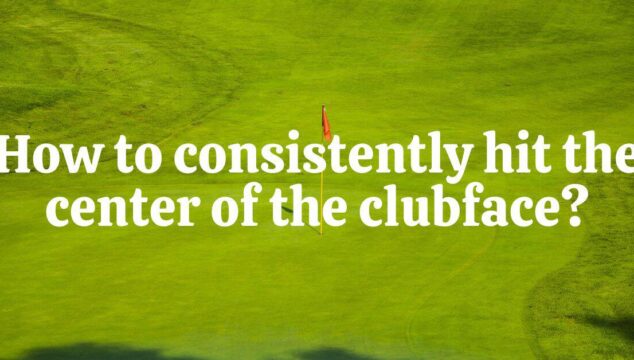Core strength in golf refers to the power, stability, and endurance provided by the muscles in your torso, which include the abdominals, obliques, lower back, and hips. These muscles are essential for generating rotational power, maintaining posture, and ensuring balance during the golf swing. A strong core allows golfers to execute smoother, more powerful swings […]
Training Guide
Advantages and disadvantages of playing golf
Welcome to the world of golf, where lush greens and the crisp snap of a well-struck ball create an atmosphere unlike any other. Whether you’re a seasoned pro or just teeing off for the first time, the game of golf offers a unique blend of challenge and tranquility. In this blog post, we’re diving into […]
What Are The Effects Of Lengthening A Golf Club Shaft?
What Happens When You Lengthen a Golf Club Shaft? Among the many factors that influence your performance, the length of your golf club shaft plays a pivotal role—yet it’s often overlooked. What happens when you lengthen a golf club shaft? Is it the secret to driving longer distances, or does it introduce challenges that can […]
How to Consistently Hit the Center of the Clubface Without Breaking a Sweat?
Hitting the center of the clubface—often referred to as the sweet spot—is a game-changer for golfers of all levels. Mastering the art of consistently hitting the center of the clubface isn’t just a golfer’s dream—it’s the secret sauce to nailing those perfect shots that soar with precision and power. Imagine stepping onto the course with […]
How to Carry Your Golf Bag with Two Straps for Maximum Comfort?
In the dynamic world of golf, every swing should be a moment of pleasure, not pain. That’s why we’ve crafted this comprehensive guide to introduce you to the game-changing technique of carrying your golf bag with two straps. Beyond the basics, we delve into the nuances of optimal weight distribution, personalized adjustments, and the art […]







